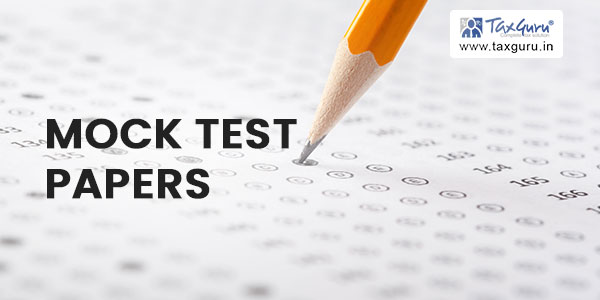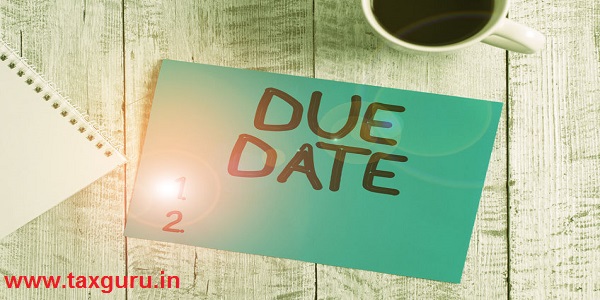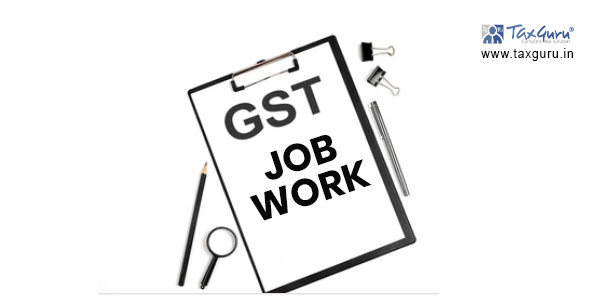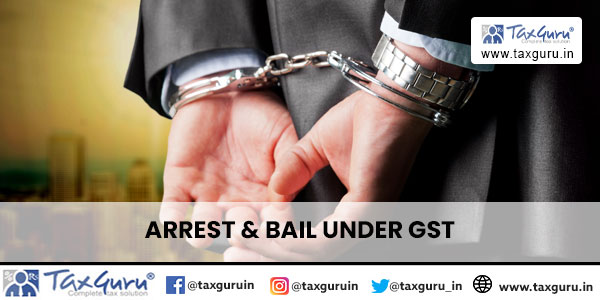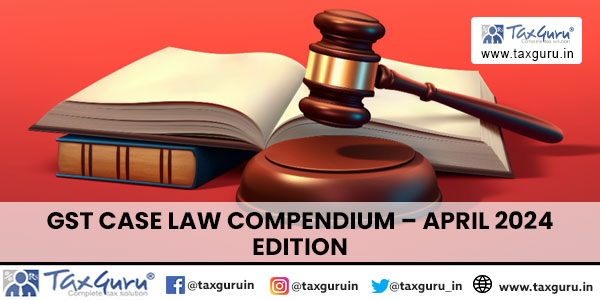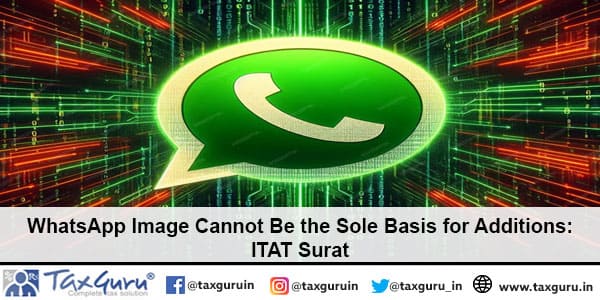In the GST regime, for any intra-state supply, taxes to be paid are the Central GST (CGST, going into the account of the Central Government) and the State GST (SGST, going into the account of the concerned State Government). For any inter-state supply, tax to be paid is Integrated GST (IGST) which will have components of both CGST and SGST. In addition, certain categories of registered persons will be required to pay to the government account Tax Deducted at Source (TDS) and Tax Collected at Source (TCS). In addition, wherever applicable, Interest, Penalty, Fees and any other payment will also be required to be made.
In general the supplier of goods or service is liable to pay GST. However in specified cases like imports and other notified supplies, the liability may be cast on the recipient under the reverse charge mechanism. Further, in some cases, the liability to pa is o the third person (say in the case of e-commerce operator responsible for TCS or Government Department responsible for TDS).

At the time of supply Goods as explained in Section 12 and at the time of supply of services as explained in Section 13. The time is generally the earliest of one of the 3 events, namely receiving payment, issuance of invoice or completion of supply. Different situations envisaged and different tax points have been explained in the aforesaid sections.
The payment processes under proposed GST regime will have the following features:
1. Electronically generated challan from GSTN Common Portal in all modes of payment and no use of manually prepared challan;
2. Facilitation for the taxpayer by providing hassle free, anytime, anywhere mode of payment of tax;
3. Convenience of making payment online;
4. Logical tax collection data in electronic format;
5. Faster remittance of tax revenue to the Government Account;
6. Paperless transactions;
7. Speed Accounting and reporting;
8. Electronic reconciliation of all receipts;
9. Simplified procedure for banks;
10. Warehousing of Digital Challan.
Payment can be done by the following methods:
1. Through debit of Credit Leger of the taxpayer maintained on the Common Portal – Only Tax can be paid. Interest, Penalty and Fees cannot be paid by debit in the credit ledger.
Tax payers shall be allowed to take credit of taxes paid on inputs (input tax credit) and utilise the same for payment of output tax. However, no input tax credit on account of CGST shall be utilised towards payment of SGST and vice versa. The credit of IGST would be permitted to be utilised for payment of IGST, CGST and SGST in that order.
2. In cash by debit in the Cash Ledger of the taxpayer maintained on the Common Portal. Money can be deposited in the Cash Ledger by different modes, namely, E-payment (Internet Banking, Credit Card, Debit Card); Real Time Gross Settlement (RTGS) / National Electronic Fund Transfer (NEFT); over the Counter Payment in branches of Banks Authorised to accept deposit of GST.
Payment of taxes by the normal taxpayer is to be done on monthly basis by the 20th of the succeeding month. Cash payments will be first deposited in the Cash Leger and the taxpayer shall debit the ledger while making payment in the monthly returns and shall reflect the relevant debit entry number in his return. As mentioned earlier, payment can also be debited from the Credit Ledger. Payment of taxes for the month of March shall be paid by the 20th of April. Composition tax payers will need to pay tax on quarterly basis. Timing of payment will be form 0000 Hrs to 2000 Hrs.
No time limit for payment of tax can be extended or paid in monthly instalments. In fact this is not permitted in case of self-assessed liability. In other cases, competent authority has been empowered to extend the time period or allow payment in instalments. (Section 55 of model GST law).
If the taxable person files the return but does not make payment of tax, the return is not considered as a valid return. Section 27(3) of the model GST law provides that the return furnished by a taxable person shall not be treated as valid return unless the full tax due as the said return has been paid. It is only the valid return that would be used for allowing input tax credit (ITC) to the recipient. In other words, unless the supplier has paid the entire self-assessed tax and filed his return and the recipient has filed his return, the ITC of the recipient would not be confirmed.
As per section 28, a taxable person who has not furnished a valid return shall not be allowed to utilise such credit till he discharges his self-assessed tax liability.
Electronic Ledgers or E-Ledgers are statements of cash and input tax credit in respect of each registered taxpayer. In addition, each taxpayer shall also have an electronic tax liability register. Once a taxpayer is registered on Common Portal (GSTN), 2 e-ledgers (Cash & Input Tax Credit) and an electronic tax liability register will be automatically opened and displayed on his dashboard at all times.
Tax Liability Register will reflect the total tax liability of a taxpayer (after netting) for the particular month.
The cash ledger will reflect all deposits made in cash, and TDS/TCS made on account of the taxpayer. The information will be reflected on real time basis. This ledger can be used for making any payment on account of GST.
Input Tax Credit as self-assessed in monthly returns will be reflected in the ITC Ledger. The credit in this ledger can be sued to make payment of TAX ONLY and not other amount such as interest, penalty, fees etc.
There will be real time two way linkage between the GSTN and the Core Banking Solution (CBS) of the Bank. CPIN is automatically routed to the Bank via electronic string for verification and receiving payment and a challan identification number (CIN) is to automatically sent by the Bank to the Common Portal confirming payment receipt. No manual intervention will be involved in the process by anyone including bank cashier or teller or the taxpayer.
A taxpayer can partially fill in the challan form and temporarily ‘save’ the challan for completion at a later state. A saved challan can be ‘edited’ before finalisation. After the tax payer has finalised the challan, he will generate the challan, for use of payment of taxes. The remitter will have option of printing the challan for his record.
After logging into GSTN portal for generation of challan payment particulars have to be fed in by the tax payer or his authorised person. He can save the challan midway for future updation. However once the challan is finalised and CPIN generated, no further changes can be made to it by the taxpayer.
A challan will be valid for fifteen days after its generation and thereafter it will be purged from the System. However, the taxpayer can generate another challan at his convenience.
CPIN stands for Common Portal Identification Number given at the time of generation of challan. It is a 14 digit unique number to identify the challan. As stated above, the CPIN remains valid for a period of 15 days.
CIN stands for Challan Identification Number. It is a 17 digit number that is 14 digits CPIN plus 3 digit Bank code. CIN is generated by the authorised banks and Reserve Bank of India (RBI) when payment is actually received by such authorised banks or RBI and credited in the relevant government account held with them. It is an indication that the payment has been realised and credited to the appropriate government account. CIN is communicated by the authorised bank to taxpayer as well as to GSTN.
According to sub Section (8) of Section 35 prescribes an order of payment where the taxpayer has tax liability beyond the current return period. In such a situation the order of payment to be followed is:
a) First self assessed tax and interest for previous period.
b) thereafter self assessed tax and interest for the current period
c) thereafter any other amounts payable including any confirmed demands under Section 51 of the Act.
This sequence has to be mandatorily followed.
E-FPB stands for Electronic Focal Point Branch. These are branches of authorised banks which are authorised to collect payment of GST. Each authorised bank will nominate only one branch as its E-FPB for pan India transactions. The E-FPB will have to open accounts under each major head for all governments. Total 38 accounts (one each for CGST, IGST and one each for SGST for each State / UT Government) will have to be opened. Any amount received by such E-FPB towards GST will be credited to the appropriate account held by such E-FPB.
Please note that for NEFT and RTGS transactions, RBI will act as E-FPB.
TDS stands for Tax Deducted at Source. As per section 37 of the Act, this provision meant for Government and government undertakings and other notified entities making contractual payments in excess of Rs. 10 Lakhs to suppliers. While making such payment, the concerned Government or authority shall deduct 1% of the total payable amount and remit it into the appropriate GST account.
Any amount shown as TDS will be reflected in the electronic cash ledger of the concerned supplier. He can utilise this amount towards discharging his liability towards tax, interest fees and any other amount.
TDS Deductor will account for such TDS in the following ways:-
1. Such deductors needs to get compulsorily registered under section 19 read with Schedule III of Model GST Law.
2. They need to remit such TDS collected by the 10th day of the month succeeding the month in which TDS was collected and reported in GSTR-7.
3. The amount deposited as TDS will be reflected in the electronic cash ledger of the supplier.
4. They need to issue certificate of such TDS to the dedicatee within 5 days of deducting TDS failing which fees of Rs. 100/- per day subject to maximum of Rs. 5000/- will be payable by such Deductor.
This provision is applicable only for E-commerce operator under Section 43C of Model GST Law. Every E-Commerce Operator needs to withhold a percentage of the amount which is due from him to the supplier at the time of making actual payment to the supplier. (Sofar it has not notified) Such withheld amount is to be deposited by such E-Commerce Operator to the appropriate GST account by the 10th of the next month. The amount deposited as TCS will be reflected in the electronic cash ledger of the supplier.
The pre-registration of credit card necessary in the GSTN portal for the GST payment. The taxpayer would be required to pre-register his credit card, from which the tax payment is intended with the Common Portal maintained on GSTN. GSTN may also attempt to put in a system with banks in getting the credit card verified by taking a confirmation from the credit card service provider. The payments using credit cards can therefore be allowed without any monetary limit to facilitate ease of doing business.







